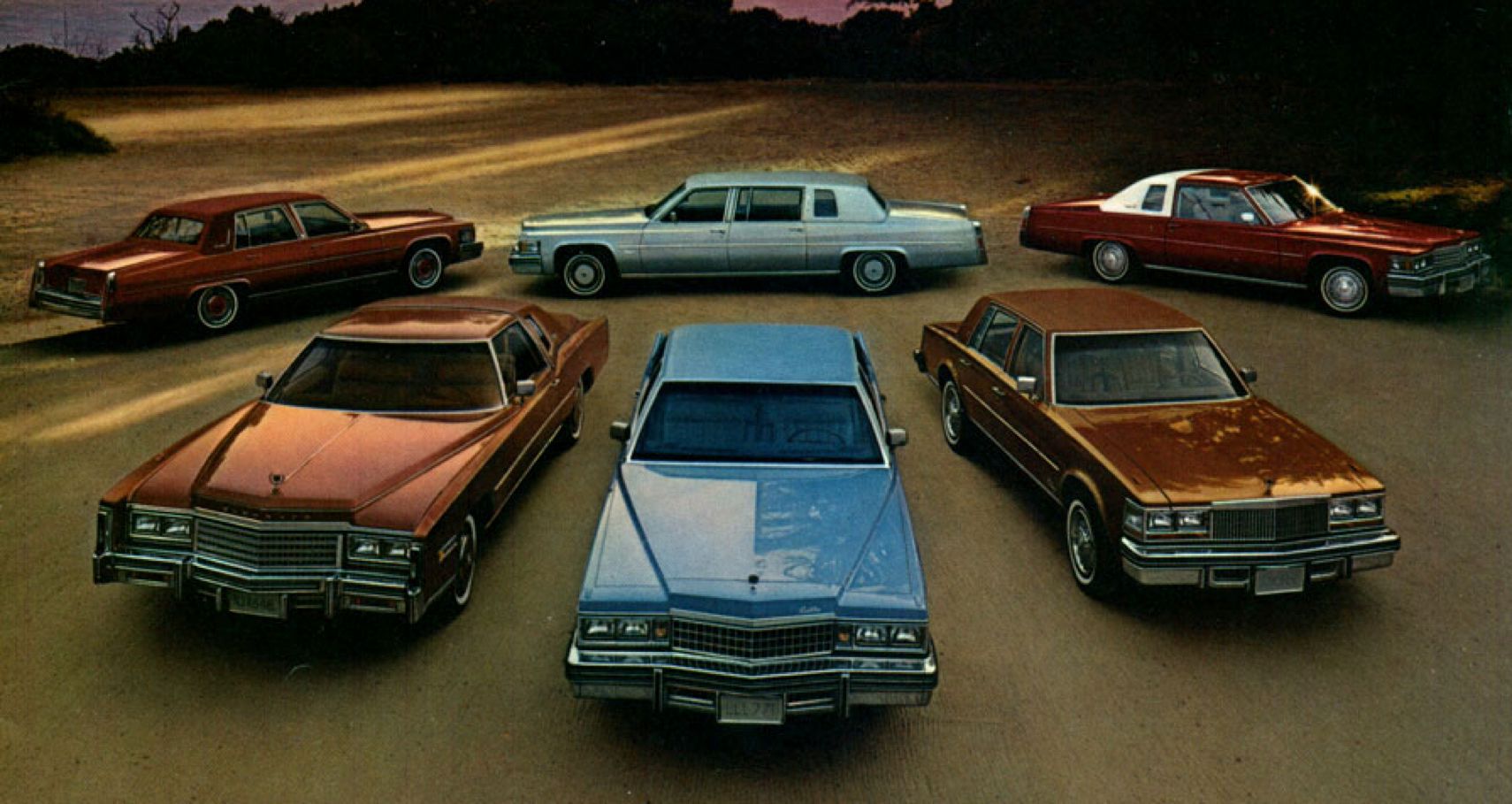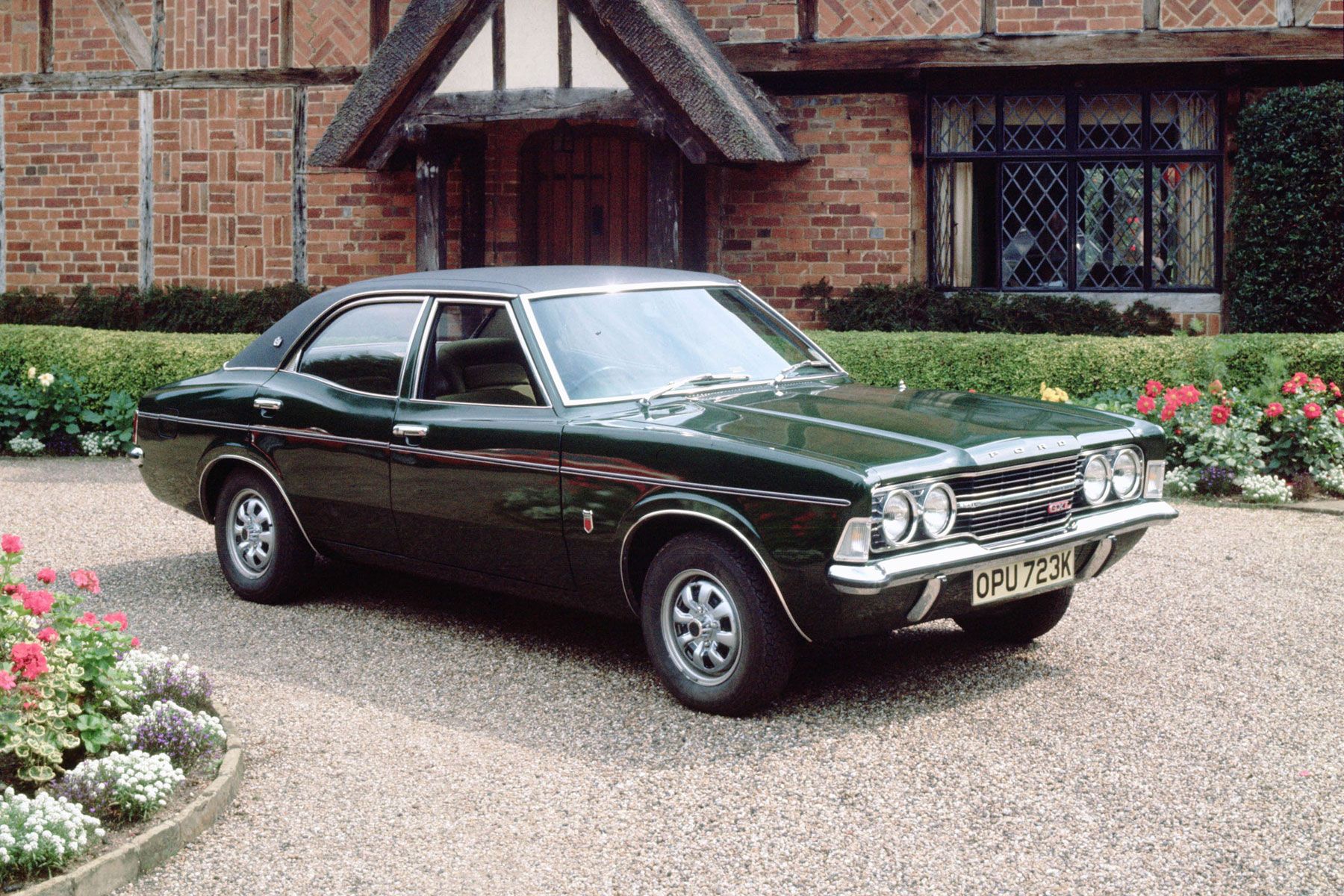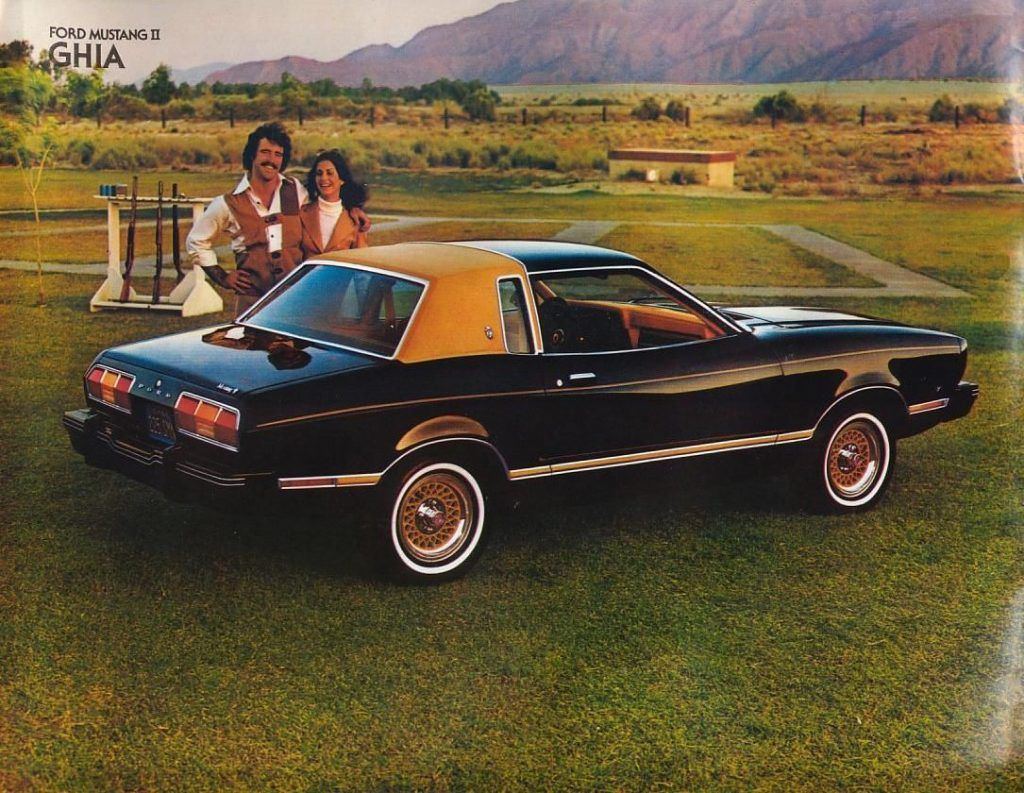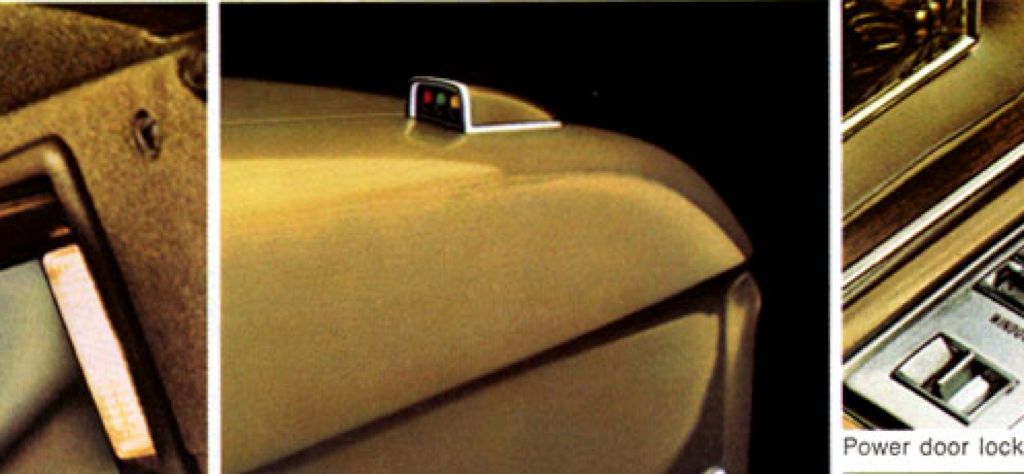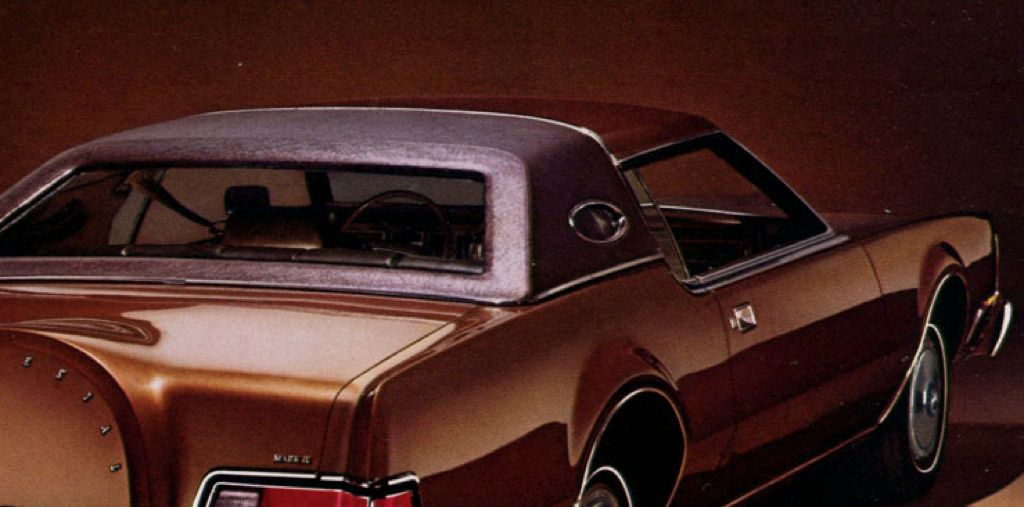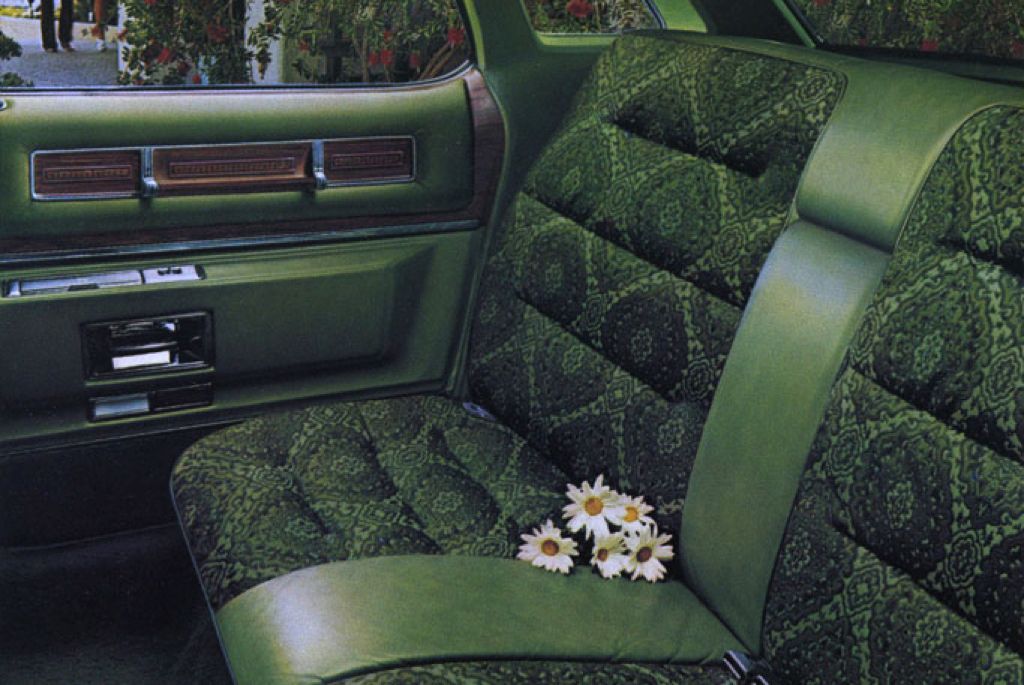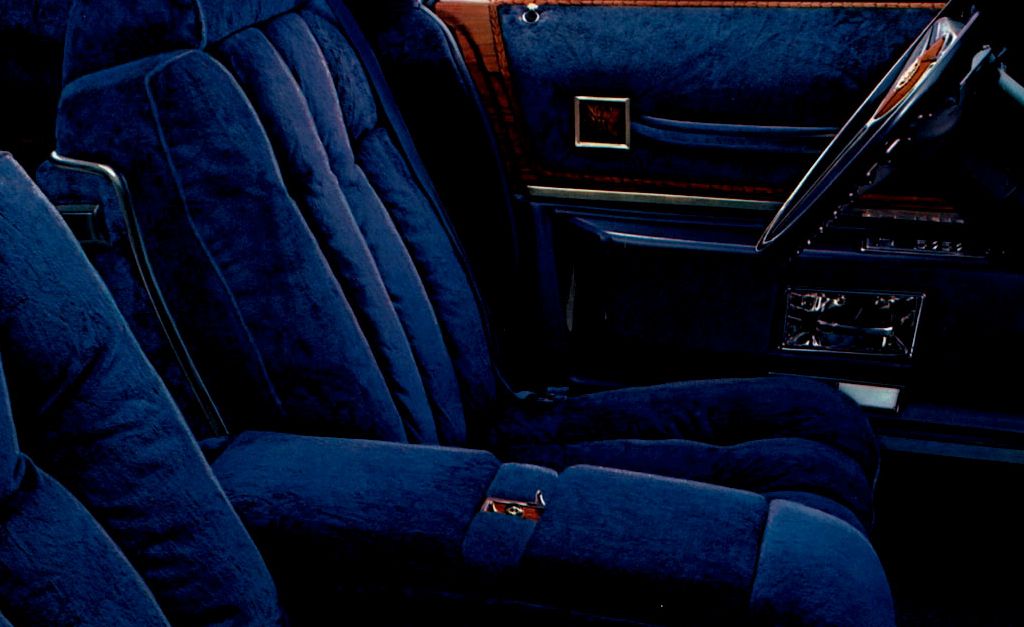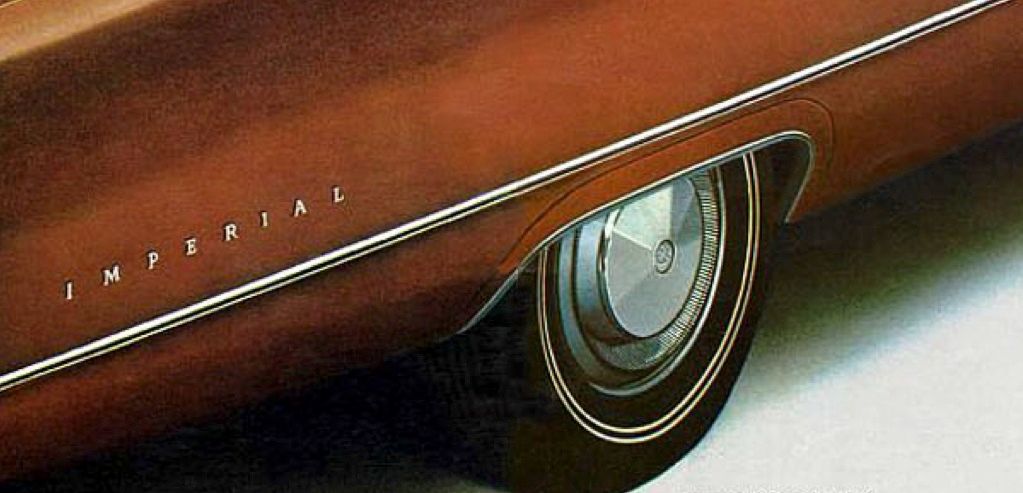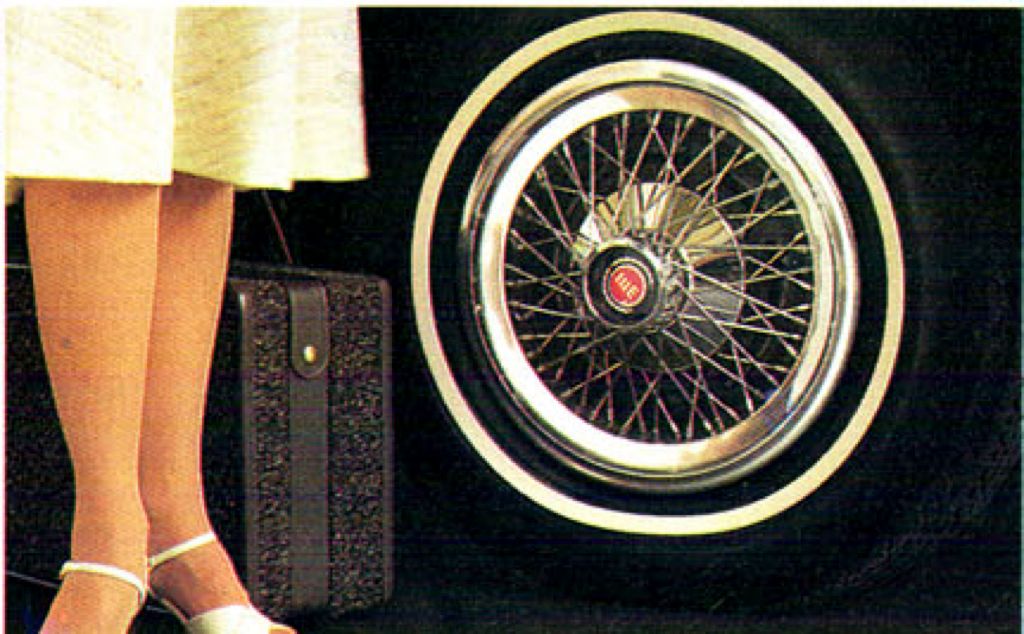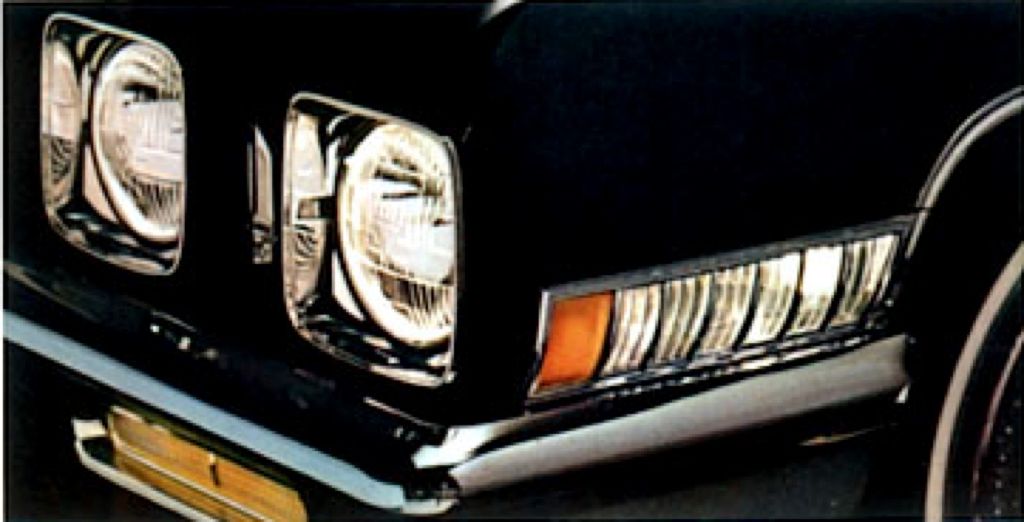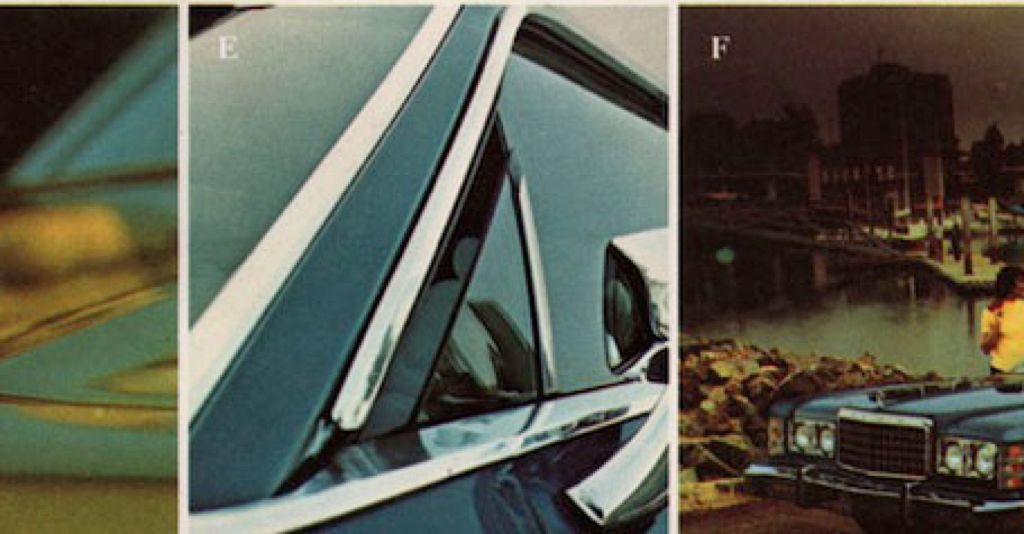Your definition of a “luxury car” is likely different from your parents’ or your grandparents'. A quick survey of the vehicles in the “luxury” space these days reveals features such as heated and cooled leather seats, driver-focused safety technology, and multimedia entertainment options for passengers. At the same time, features that were once the exclusive province of luxury cars — automatic climate control, power assistance for windows, door locks and seats — are standard or available on more popularly-priced cars.
Not that long ago, “luxury” features were more outwardly flashy, or designed to make a car’s interior feel like a rolling living room. Here are some of the factory-installed extras that once had all the dads nodding in approval at the neighborhood barbecue.
10 Vinyl top
Originally offered as a way to create the “convertible” look on fixed-roof cars, vinyl tops really came into vogue in the 60s and 70s as a way to accentuate the “longer, lower, wider” styling of the time. Who cares if the roof and its moldings trapped moisture and caused rust to bloom? That wouldn’t happen for years!
The height of vinyl top technology was the “carriage roof,” which included fake top bows to mimic the look of a convertible. Now, buyers who must have that fake-ragtop look have to settle for dealer-installed tops.
9 Landau treatment
This special vinyl top covered only the back half of a car’s roof. It was designed to recall the “landaulet” cars of the Jazz Age, which featured a closed rear passenger compartment behind an open driver’s area.
The 1972 Cadillac Eldorado “Custom Cabriolet” offered one of the earliest factory-installed “Landau”-style tops. By the mid-70s, buyers could even get a Landau top on a Mustang II, but they were relegated to the dealer accessories list by the turn of the 21st Century.
8 Lamp monitors
Unlike a lot of the “window dressing” options on this list, lamp monitors were actually useful. Small fiber-optic pods on the leading edges of the fenders would illuminate when parking lamps and headlights would come on, ostensibly to inform the owner when a bulb had burned out. They also had the added benefit of marking the edges of the front end — a useful feature on land yachts of yore.
Modern aerodynamic considerations brought an end to this feature, though most cars now have a “headlamps on” light in their instrument clusters.
7 Opera windows
It’s not clear why one would watch an opera through such a tiny opening, but these small windows behind a coupe’s center (or “B” pillar) became a popular styling feature on two-door coupes from the 70s into the 80s.
Most opera windows were long and slender, though the Lincoln Continental Mark IV/V/VI went with a signature oval shape, and the largely-forgotten Ford Elite one-upped the competition with two opera windows on each side. Fortunately, visibility is more fashionable nowadays.
6 Brocade upholstery
Automotive interior designers looked to furniture for inspiration during the first decades of the industry. On higher-end luxury cars, this meant interior fabrics in ornate sculptured brocades, available in a panoply of lurid colors. The pinnacle of this was probably Cadillac’s “Maharajah” cloth, which seems more bordello than Bollywood.
The driver’s-seat-as-Barcalounger aesthetic died off as luxury marques toned down interiors to match their comparatively austere German and Asian competition, but there was one last gasp of American-style luxury to come.
5 Crushed velour seats
That would be the mid-70s-to-late-80s trend toward velvety-soft velour fabrics, often “crushed” or patterned to create more visual interest. The purest expression of this look came on the mid-70s Cadillac Fleetwood Talisman, which also included velour-covered consoles for the front and rear seats. The passenger could be forgiven for believing they were riding in a coffin.
Within 10-15 years, luxury brands abandoned cloth for leather, and extravagant sculpting gave way to perforation and bolstering for more support.
4 Whitewall tires
The tires on the first cars were all white — with black added during the vulcanization process. The white sidewall was a presence on premium cars in the 50s, and expanded in the 60s to include red- and blue-stripe tires, and double and triple white stripes.
The arrival of lower-profile tires and wider wheels created less sidewall room for stripes. The last American car available with whitewalls from the factory was the 2010 Lincoln Town Car. Now, fans of striped tires must head for the aftermarket, either to buy new tires or whitewall "stickers" for existing blackwall tires.
3 Wire wheel covers
Now mostly found in the automotive aisle at Walmart, wire wheel discs were a frequent addition to luxury cars, as a visual callback to the ornate wire wheels on cars from the “classic” era.
Of course, anyone who’s seen a wire wheel cover laying on the side of a road knows the downside to a hubcap that’s not bolted on. Carmakers’ interest in reducing aerodynamic drag took wire covers off the option sheet starting in the 90s.
2 Cornering lights
These little lamps on the lower edge of a car’s front fenders would come on when the driver activated the turn signal on the corresponding side. The functional purpose was to illuminate the car’s path around a corner, but many carmakers used the cornering lamp as a signature style element.
A number of modern cars have a similar ability now — Lexus and other makers use auxiliary or fog lights to help guide a driver — but carmakers no longer offer a separate cornering lamp to announce to your neighbors that you bought the extra-cost “light group.”
1 Power vent windows
Because opening a narrow pane of glass on the door is so much work (apparently), luxury carmakers offered power assist for the triangular vent windows on the leading edge of the front doors. On larger Ford, Mercury and Lincoln models, touching the power window switch would bring the “vent” window down first, followed by the rest of the pane.
Aerodynamic considerations and the widespread availability of air conditioning on cars in the U.S. meant vent windows soon went the way of the hand crank. Or the window crank, for that matter.

